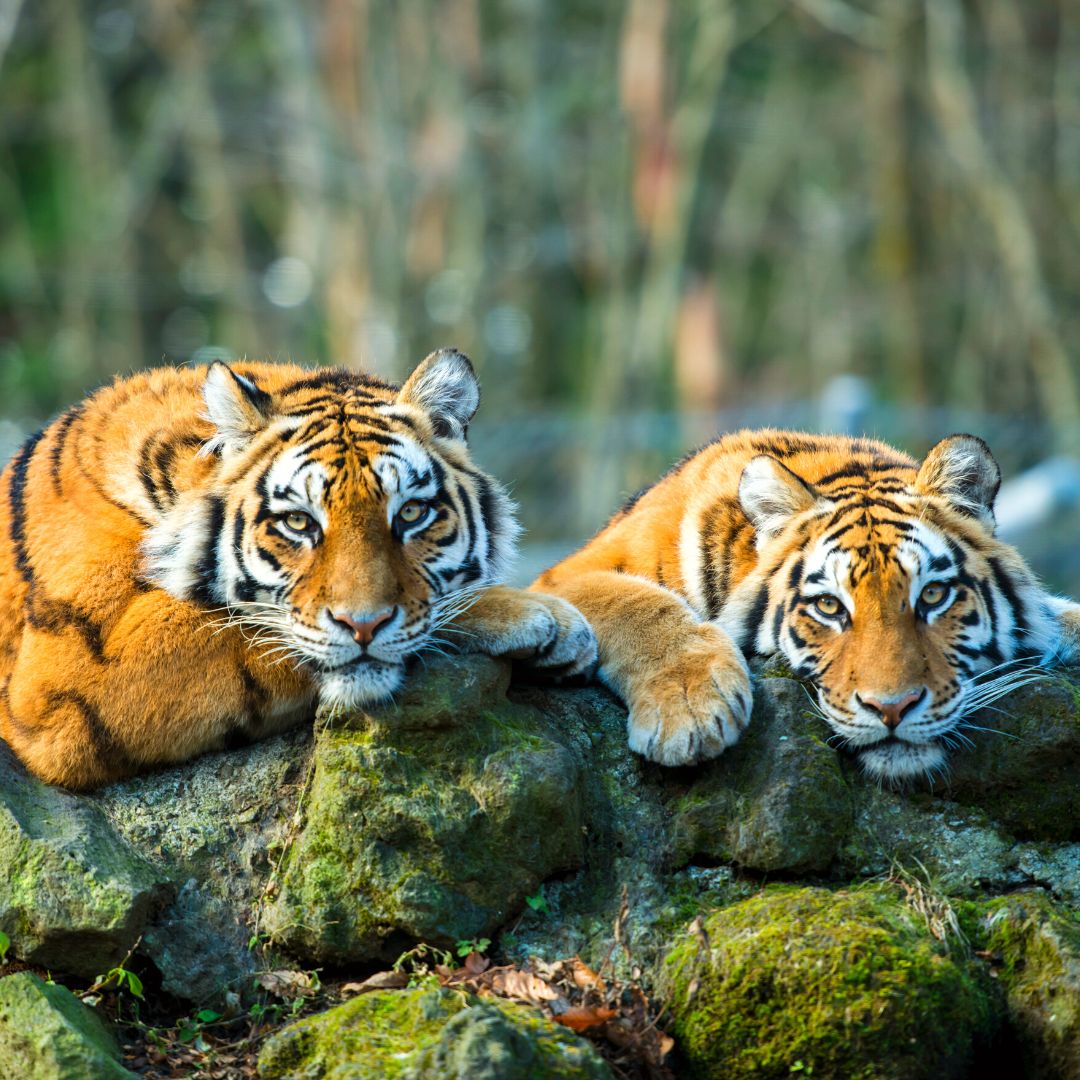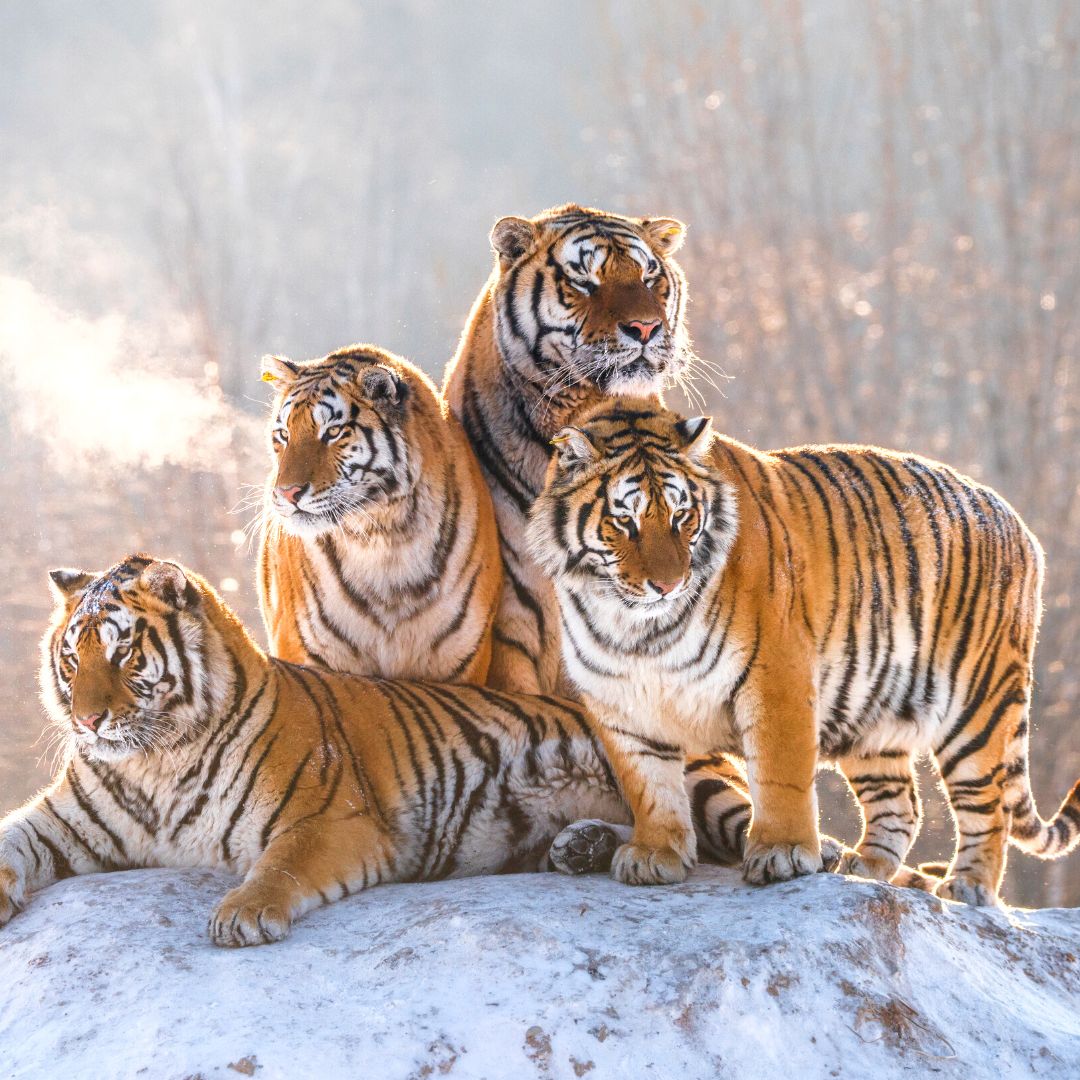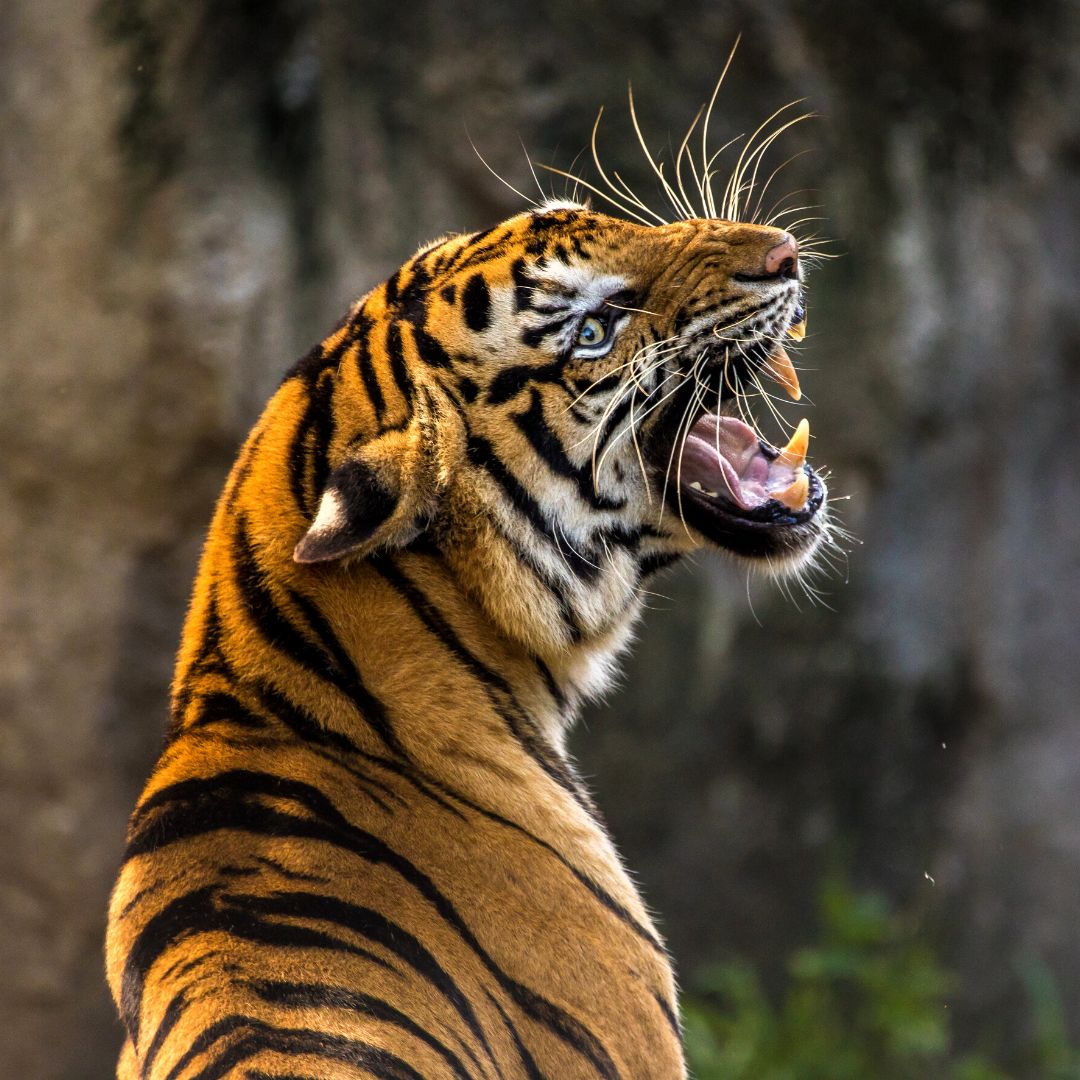World Tiger Day — also known as International Tiger Day or Global Tiger Day — is celebrated every year on July 29th!


Image: ShinOkamoto / Canva
What Is World Tiger Day?
Tigers are one of the most iconic and awe-inspiring species on the planet. They’re the largest living cat species, and one of the most fearsome apex predators in the animal kingdom. Although they’re typically the kings of the jungle, tigers face many overwhelming threats that have led to their decline.
Since the beginning of the 20th century, wild tiger numbers have dropped by more than 95%. In Asia, during thai time, 3 tiger subspecies went extinct: Java, Bali and Caspian tigers.
That’s why in 2010, world leaders gathered at the Saint Petersburg Tiger Summit held in Russia to create World Tiger Day! The founding countries — Bangladesh, Burma, Cambodia, China, Vietnam, Bhutan, Russia, India, Thailand, Indonesia, Malaysia, Laos, and Nepal — pledged to double the number of tigers by 2022 as part of the TX2 initiative.


Image: Yotin Pilaisomboon / Canva
It’s 2022 — Have We Reached The TX2 Goal?
2022 marks the Year of the Tiger in the Chinese Zodiac Cycle, but it’s also the deadline for the global TX2 initiative. TX2 stands for ‘tigers times two’, which signifies the goal to double the number of tigers by 2022.
So, has the goal been achieved? Well, it’s complicated. Nepal is the only country that is on track to double its tiger populations from the 2010 baseline — with India, Bhutan and Russia increasing their tiger populations, too!
According to a recent tiger survey in Nepal, there are now an estimated 235 wild tigers, which is nearly twice the number of tigers counted in 2009. “Nepal is a great example for other tiger range countries to step up and commit to the same level of political will and excellence," said WWF’s Ginette Hemley.


Image: Pfuderi / Canva
Why Are Tiger Populations Still Declining In Southeast Asia?
In 2010, the goal of TX2 was to double the number of wild tigers to reach around 6,000. Despite positive progress recorded in Nepal, India, Bhutan and Russia, some Southeast Asian countries have stalled progress, and even gone backwards! Unfortunately, tigers have almost reached extinction in Cambodia, Laos, and Vietnam — whilst Malaysia, Myanmar and Thailand have seen a rapid decline in numbers.
One of the biggest threats to wild tigers in Southeast Asia is commercial scale snaring. Around 12 million snares still exist on the ground, and they indiscriminately kill elephants, tortoises, monkeys, and of course — tigers.
Other major threats to tigers include habitat loss, illegal logging, agricultural expansion, and illegal trade.


Image: Antagain / Canva
How To Celebrate World Tiger Day!
So, what can we do on July 29th to celebrate World Tiger Day? The most impactful thing we can do on World Tiger Day is talk about the biggest threats that face this gorgeous, endangered species.
Sadly, we don’t have the resources to dismantle snares and protect tigers from illegal poachers. We can, however, make a lifesaving difference to tigers by helping WWF! Adopting a tiger with WWF symbolises your support for tiger conservation. Doing so will help WWF to put feet on the ground where it matters!
WWF’s conservation partners manage core tiger corridors and help tigers to travel safely between their habitats. Building local capacity also helps WWF to tackle the tiger trade and put an end to illegal poaching and trading.
How will you celebrate World Tiger Day? We love the idea of ‘adopting’ a tiger with WWF, and for committing to help this endangered species, you receive an info pack and a cute tiger plushie!
For more stories about wildlife conservation in Australia and around the world, check out our Eco News category and the blogs below.
Locally-Extinct Phascogales Reintroduced Into NSW’s Mallee Cliffs National Park
“Hedgehog Highways” Are Boosting The UK’s Urban Hedgehog Populations
Mexican Sea Turtle Conservation Group Releases 8,000 Turtles Into The Gulf Of California

